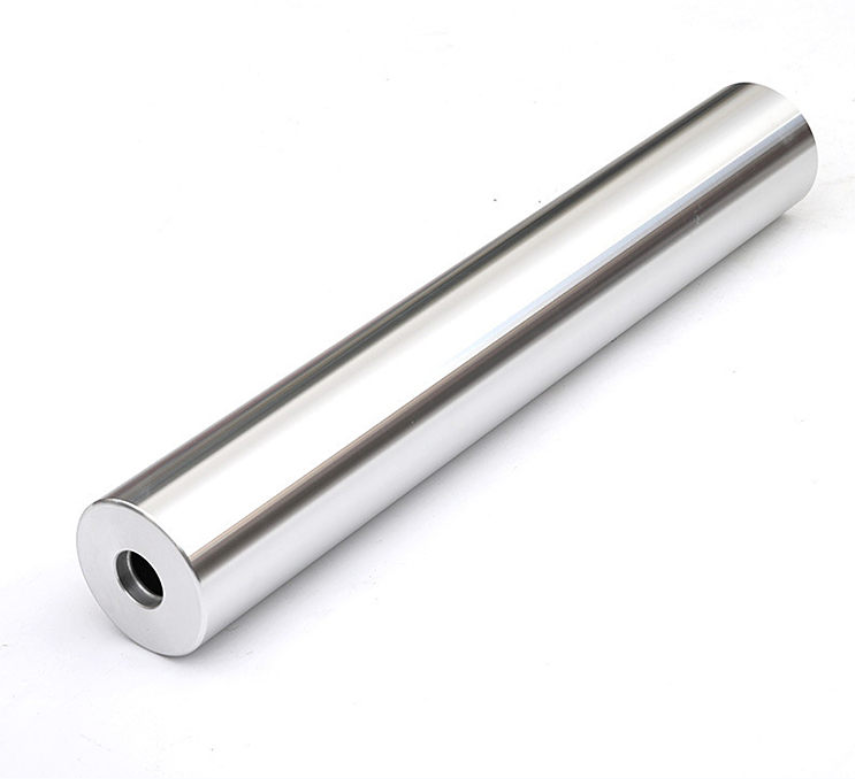Automotive Rubber Seals Manufacturing Facility for Quality Vehicle Components
The Importance of Rubber Seals in the Automotive Industry
Rubber seals play a critical role in the automotive industry, providing essential functions that enhance vehicle performance, safety, and longevity. These components are crucial in preventing the entry of contaminants, retaining fluids, and reducing noise. This article delves into the significance of rubber seals, their manufacturing processes, and their applications in modern vehicles.
Understanding Rubber Seals
Rubber seals, also known as gaskets or O-rings, are made from various rubber materials, including natural rubber, synthetic rubber, and thermoplastic elastomers. The choice of material depends significantly on the application requirements, such as temperature resistance, mechanical stress, and chemical exposure. Common applications include sealing engine components, doors, windows, tires, and more, making them indispensable in vehicle design.
Functions of Rubber Seals
1. Fluid Retention Rubber seals are primarily designed to prevent the leakage of fluids such as oil, coolant, and brake fluid. These fluids are vital for the operation of various systems within a vehicle, and any leakage can lead to significant issues, including mechanical failure or reduced efficiency. A well-designed rubber seal ensures that fluid dynamics within the engine and other systems are maintained.
2. Contaminant Prevention Environmental factors, including dust, dirt, and moisture, can severely impact a vehicle's performance. Rubber seals act as barriers against these contaminants, helping to protect sensitive components from damage. For example, the seals around the engine and transmission prevent dirt from entering, thereby extending the life of these critical parts.
3. Noise Reduction In addition to their sealing capabilities, rubber seals also contribute to noise reduction within vehicles. They act as buffers between moving parts, absorbing vibrations and reducing the operational noise generated by engines and other mechanical systems. This feature not only enhances passenger comfort but also plays a role in meeting noise regulations.
4. Temperature Resistance Many rubber seals are designed to withstand high temperatures and fluctuating thermal conditions often encountered in automotive environments. Specialized rubber compounds are used to maintain their integrity and sealing properties under extreme heat, ensuring consistent performance over the lifespan of the vehicle.
rubber seals automotive factory

Manufacturing Processes of Rubber Seals
The production of rubber seals involves several key steps, from material selection to molding and finishing. The process typically includes
1. Material Selection The first step is selecting the appropriate rubber compound based on the performance requirements of the specific application. This may involve a combination of materials to achieve optimal durability and resistance to environmental factors.
2. Mixing The selected rubber is then mixed with various additives, such as accelerators, fillers, and colorants, which enhance the material properties. The mixing process is crucial in achieving a uniform compound.
3. Molding After mixing, the rubber compound is shaped using molding processes, which can include compression molding, injection molding, or transfer molding. These techniques are used based on the design specifications and complexity of the seal.
4. Curing The molded seals undergo a curing process, also known as vulcanization, where heat and pressure are applied to transform the rubber into a robust, elastic material. This step is essential for achieving the desired properties and performance characteristics.
5. Quality Control Once produced, rubber seals undergo rigorous quality testing to ensure they meet industry standards and specifications. This includes tests for tensile strength, compression set, and temperature endurance.
Conclusion
Rubber seals are a vital component of modern automobiles, serving various functions that enhance safety, performance, and comfort. As the automotive industry continues to advance, the demand for high-quality rubber seals will remain crucial. Manufacturers must continue to innovate and improve their production techniques to meet the evolving standards of automotive design. As vehicles become more complex, the role of rubber seals will only grow, underscoring their importance in automotive engineering and manufacturing. Investing in high-quality rubber seal technology is essential for the future of automotive reliability and performance.
Share
-
The Best Lubricants for Aluminum Roller GuidesNewsJul.23,2025
-
Slitting Machine Applications in the Packaging IndustryNewsJul.23,2025
-
Rolling Roller Balancing Techniques for Smooth OperationNewsJul.23,2025
-
How To Optimize An EV Battery Assembly LineNewsJul.23,2025
-
Energy Efficiency in Modern Battery Formation EquipmentNewsJul.23,2025
-
Automation Trends in Pouch Cell Assembly EquipmentNewsJul.23,2025







